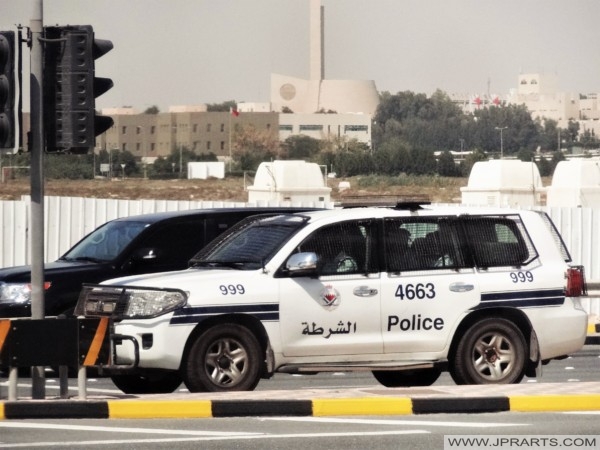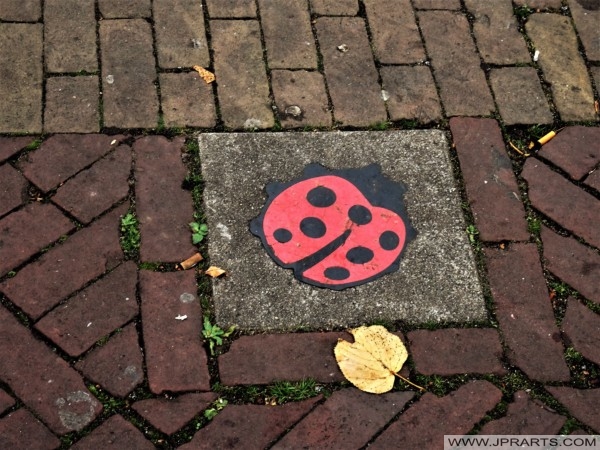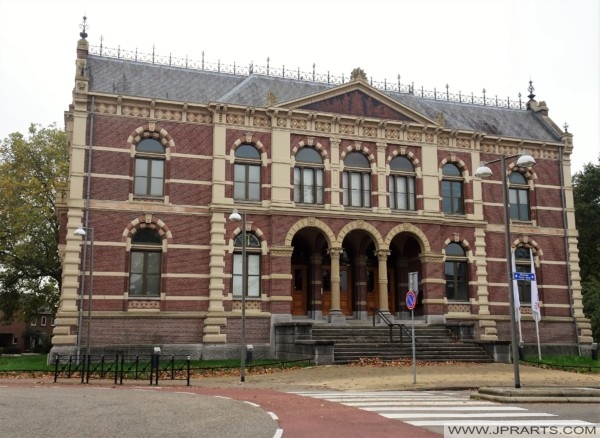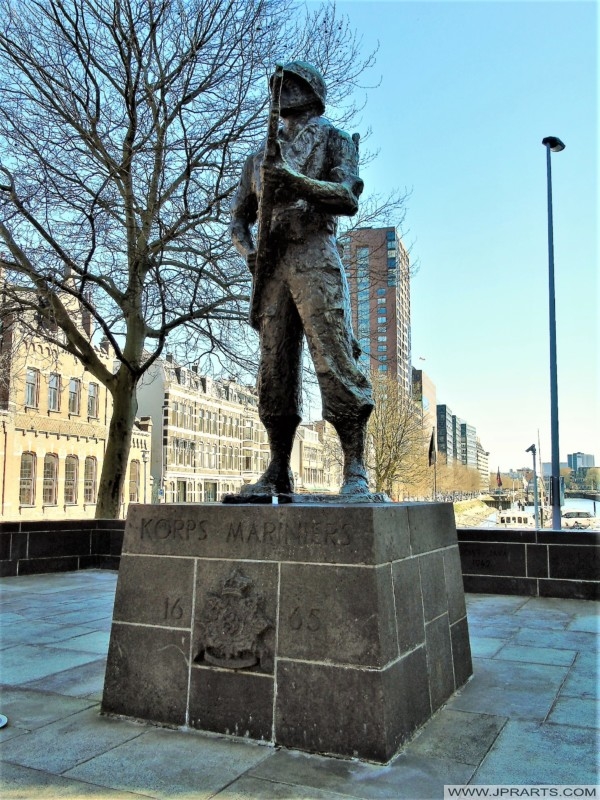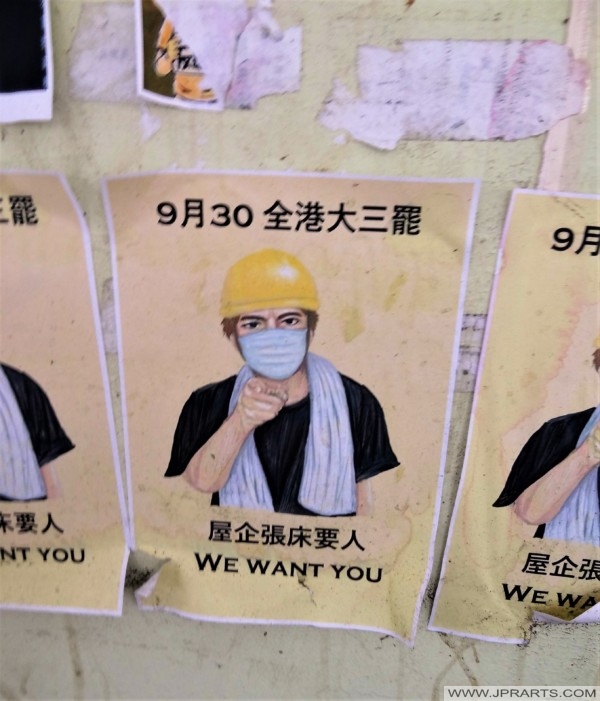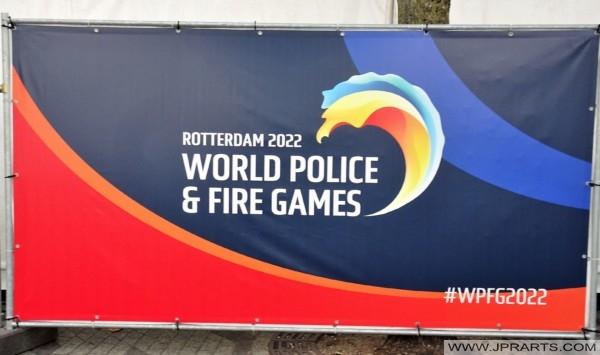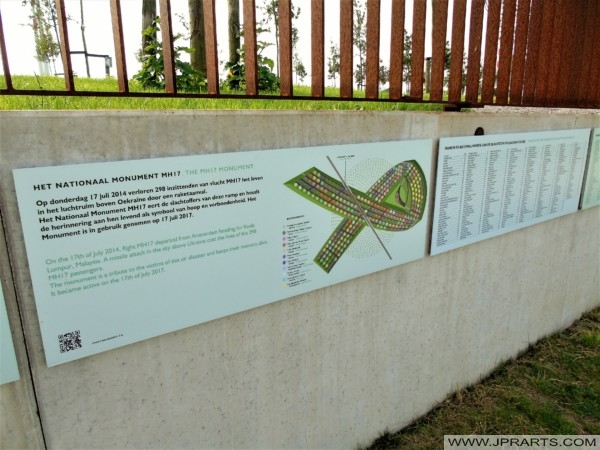National Police Corps (Dutch: Korps Nationale Politie), colloquially in English as Dutch National Police or National Police Force, is divided in ten regional units and a central unit, and the Royal Marechaussee (Dutch: Koninklijke Marechaussee), a gendarmerie. Law enforcement in the Netherlands operates primarily through governmental police agencies. The law-enforcement purposes of these agencies are the investigation of suspected criminal activity, referral of the results of investigations to the courts, and the temporary detention of suspected criminals pending judicial action. Law enforcement agencies, to varying degrees at different levels of government and in different agencies, are also commonly charged with the responsibilities of deterring criminal activity and preventing the successful commission of crimes in progress.
Dutch Police
Policía Holandesa
From the end of 1945 until 1993, the Dutch police was composed of the municipal police (Dutch: gemeentepolitie) and the national police (Dutch: rijkspolitie). In 1994, the police was reorganized into 25 regional constabularies (Dutch: regiokorpsen) and a National Constabulary (Dutch: Korps landelijke politiediensten, KLPD). In 2013 the police in the Netherlands was reorganised again into its current structure. In the event of serious emergencies, the police cooperates with the fire brigade, ambulance service, other government agencies and military forces in the security region corresponding to the police region.
Niederländische Polizei
الشرطة الهولندية
Every regionale eenheid (regional unit) is led by a unitchef (unit chief), a Hoofdcommissaris (Chief Commissioner) who conducts the day-to-day police force management. Decisions about the principal law enforcement policies are made by a regional board, the so-called Driehoek (triangle) whose chairman is the eenheidsbeheerder (unit manager). The eenheidsbeheerder is usually the mayor of the largest municipality in the region. The other board members of the Driehoek are the unit chief and the local chief prosecutor. A region consists of several districts, each having a district chief. Each district consists of a number of local units, called basiseenheden (basic units) or teams.
Police Néerlandaise
Голландская полиция
The “police strength”, the number of constables and other police employees in a region is determined by the number of inhabitants and the amount of crime in the region. So the smallest force counts about 300 police officers, while the largest one counts more than 5,000 police employees. in 2022 there were about 55,000 police employees serving in the Netherlands.
Selected police officers may also be deployed in a riot police mobile unit. Mobile units are called in to deal with serious public order offences. Each police region has one or more units on stand-by for a total of 45 mobile units nationwide, each of which has about 50 members (including middle-ranking and senior officers). Nine units have also been trained to respond to incidents on maritime vessels. The mobile unit also incorporates plain clothes units known as ‘aanhoudingseenheden’. These groups target specific suspects of public order offenses.
荷兰警察
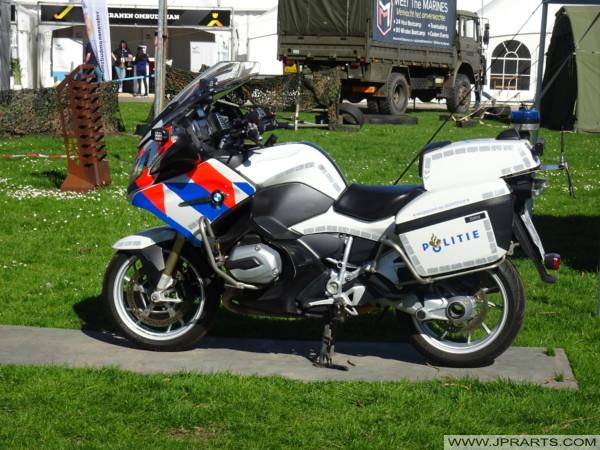
Hollanda Polisi
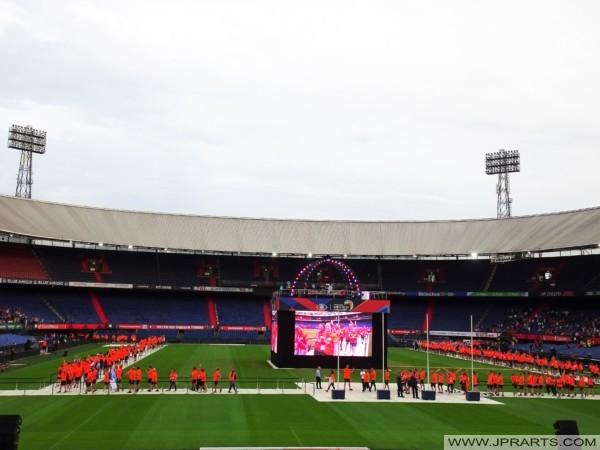
Besides police officers, the Netherlands has about 23,500 peace officers. These officers have a Special Enforcement Officer (SEO) status (Buitengewoon Opsporingsambtenaar) or BOA/Handhaving in Dutch and therefore have police powers (detaining suspects, ask for identification, make an arrest, issue fines within their power of offences and use force). They can be found within the transport police, game wardens and local enforcement agencies. The majority of BOA officers have the authority to carry and use handcuffs which can only be issued to officers who have the power to use force. A few councils also issue their officers, with permission from the Ministry of Safety and Justice, police batons, pepper spray and occasionally firearms.
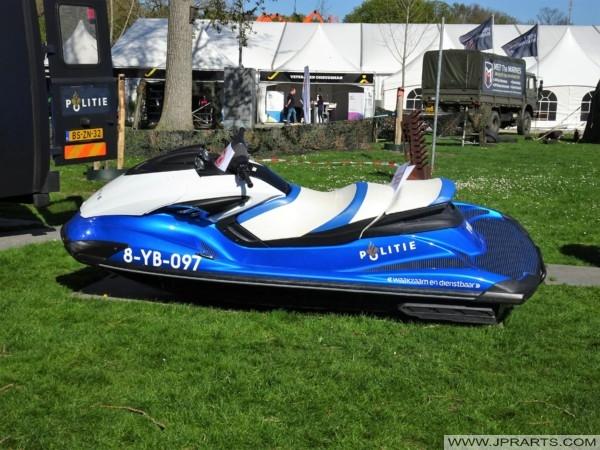
Nederlandse Politie
Holenderska Policja
Visit Netherlands Travel to Book Flights and Hotels Easy Online
Visit the Cheap Webshop for Blu-rays, Books and DVDs


